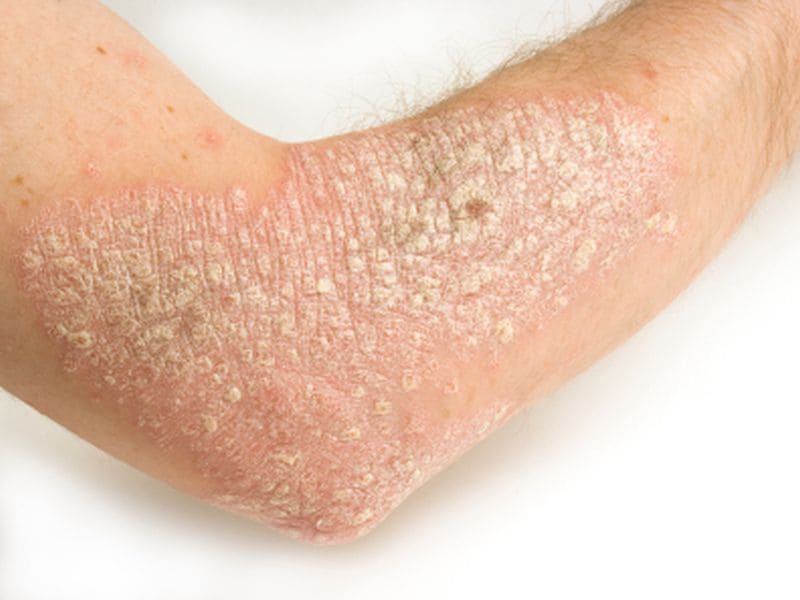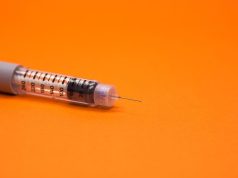Biologics and small molecule inhibitors increasingly used for treatment of newly diagnosed psoriasis
THURSDAY, Sept. 10, 2020 (HealthDay News) — Phototherapy use for psoriasis decreased from 2005 to 2018, while use of biologics increased, according to a research letter published online Sept. 4 in Dermatologic Therapy.
Mytrang H. Do, Ph.D., from Weill Cornell Medicine in New York City, and colleagues identified patients diagnosed with psoriasis (9,856 individuals), cutaneous T-cell lymphoma (CTCL; 663 individuals), and pruritus (26,193 individuals) and treated with phototherapy at Weill Cornell Medicine from 2005 through 2018. The authors also evaluated the use of biologics, acitretin, and apremilast among patients with psoriasis.
The researchers observed a decrease in phototherapy use for newly diagnosed psoriasis patients, from 13.3 to 1.3 percent, and a 12.3 percent yearly decline. For CTCL and pruritus, there were no significant changes noted in phototherapy use during the study period. At the time of the decline in phototherapy use for psoriasis, there was an accompanying increase in biologic and apremilast use, but there was a decrease in acitretin use. Biologic use started to exceed phototherapy usage in 2012, while apremilast use exceeded phototherapy in 2016. Among phototherapy types, the use of ultraviolet B declined significantly; psoralen and ultraviolet A use decreased, and excimer use increased, but these changes were statistically nonsignificant.
“With numerous psoriasis treatments available, it is critical for dermatologists to weigh risks and benefits of these options to select the most safe and effective treatment for each patient,” the authors write.
Copyright © 2020 HealthDay. All rights reserved.








